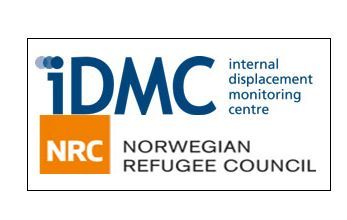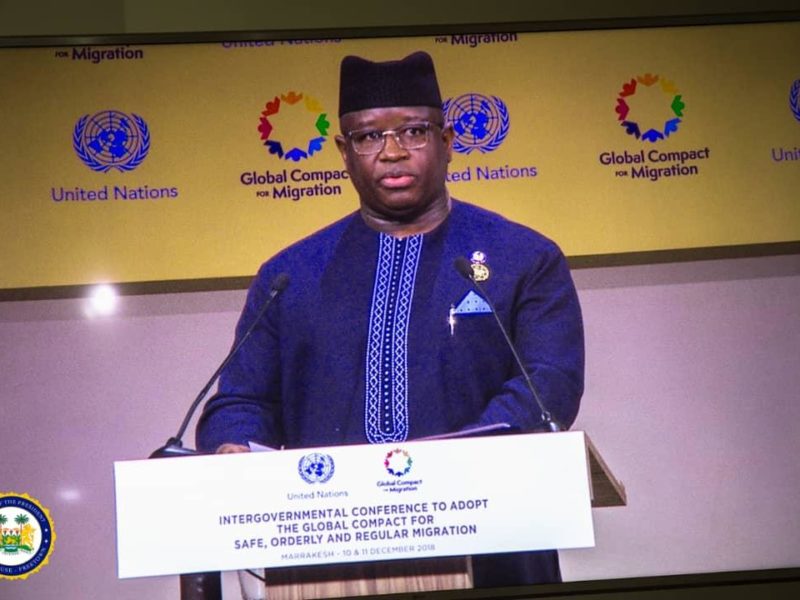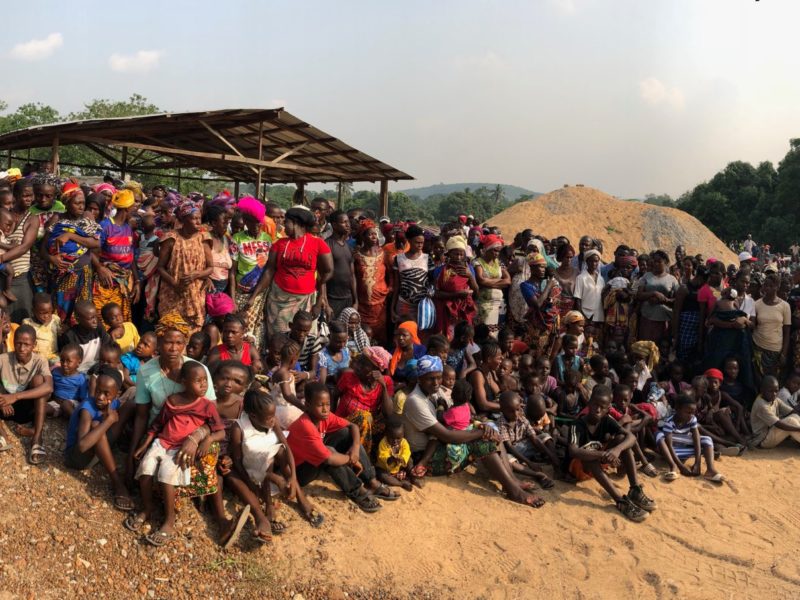28.8 million internally displaced people worldwide in 2012, record high includes five-fold increase in Syria
GENEVA, 29 APRIL 2013: The number of people internally displaced by armed conflict, violence and human rights violations at the end of 2012 was 28.8 million, an increase of 2.4 million people on the previous year and the highest global figure ever reported by the Internal Displacement Monitoring Centre (IDMC).
Over 6.5 million people were newly displaced inside their home countries in 2012, almost twice as many as the year before. Because these people have not crossed a border, they are not refugees and do not benefit from international protection.
‘‘Much of the spike in the number of internally displaced people worldwide was due to the 2.4 million people displaced by the crisis within Syria by the end of 2012,’’ said Kate Halff, Director of IDMC. ‘‘Here, the acceleration of internal displacement is closely linked to the conflict, creating a ‘snowball effect’. In this context, internal displacement becomes a ‘moving target’ for those tasked with the response.”
Until the conflict in Syria is resolved, internal displacement will continue to accelerate. This phenomenon has been witnessed in other countries with protracted, on-going conflicts. These include Colombia, which continues to host the largest number of internally displaced people (IDPs) in the world, and the Democratic Republic of the Congo (DRC), which has the third largest IDP population behind Syria.
With 10.4 million IDPs reported in sub-Saharan Africa, this region hosts almost a third of the world’s total. In DRC, 1 million were forced to flee their homes as a consequence of a major upsurge in violence in the eastern provinces. ‘‘Years of insecurity in DRC have depleted the coping ability of both IDPs and those who host them, having a profound and devastating impact on peoples’ lives,” says Halff. While DRC has the largest new displacement figures after Syria, a large portion of the 2.7 million IDPs are living in situations of protracted displacement.
The report suggests that while a resolution to the conflict, particularly in Syria, is critical to the stabilisation of the internal displacement crisis, it highlights the importance of bridging the gap between emergency response and development activities. “90% of the countries monitored by IDMC have IDPs living in protracted displacement, often for decades while second and third generations are born into displacement,’’ says Halff. ‘‘Governments are responsible for finding long-term solutions for their displaced citizens. However, these can only be realised when governments and the international community recognise that people forced from their homes require not only a humanitarian response at the height of a crisis, but sustained engagement until a lasting solution is achieved.’’
Stay with Sierra Express Media, for your trusted place in news!
© 2013, https:. All rights reserved.






